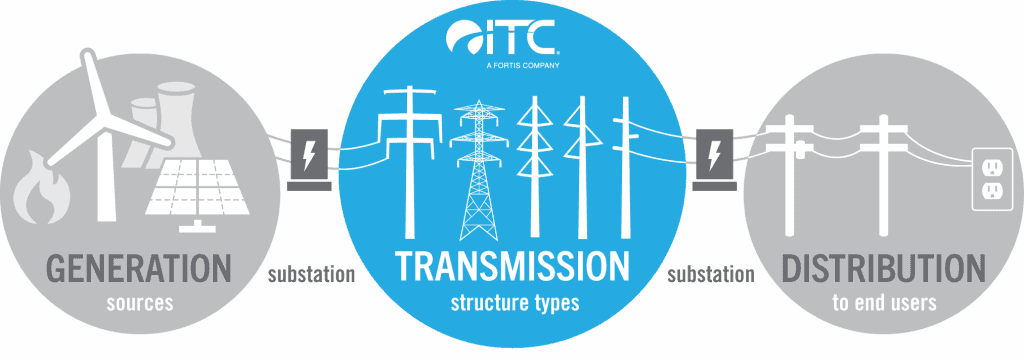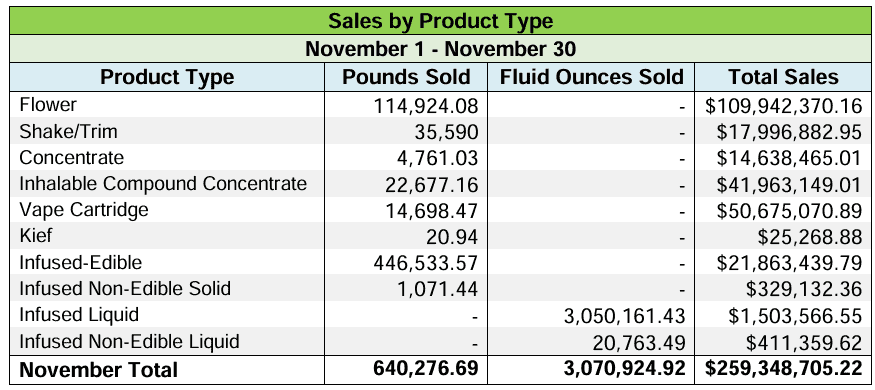This news post will cover the U.S. Economic Deceleration Outlook 2024 as Per U-M Forecast.
The latest economic forecast from the University of Michigan’s Research Seminar in Quantitative Economics (RSQE) paints a picture of a U.S. economy facing significant challenges and uncertainties. While a near-term slowdown is anticipated, the economists stress that the economy is starting from a relatively healthy position.
1. U.S. Economic Deceleration Outlook Key Features:
According to the latest U.S. Economic Outlook released by the University of Michigan’s Research Seminar in Quantitative Economics, the U.S. economy is poised to decelerate in the coming months. Despite a recent cooling of the labor market, the underlying economic momentum remains robust. This suggests a softening of the economy, rather than a full-blown recession.
The researchers caution that several uncertainties could cloud the economic outlook including:
- Contentious presidential election
- Ongoing conflicts in Ukraine and the Middle East
- Strained relations with China
- A fragile global financial system
2. Factors Contributing to the Expected US Economic Deceleration:
The factors that economists believe will contribute to a slowing US economy include:
- Slowing labor market
- Inflation
- Federal Reserve interest rate hikes
In the near term, economists expect a slowing labor market and persistent inflation to contribute to economic deceleration. Consequently, these factors will likely prompt the Federal Reserve to gradually decrease the federal funds rate range at each Federal Open Market Committee meeting until the following spring. However, these interest rate cuts’ pace is projected to decelerate.
Anticipations of this impending rate-cutting cycle are already exerting a positive influence on financial conditions, as evidenced by the decline in both the 30-year fixed mortgage rate and the 5-year Treasury note yield.
3. Understanding a Soft U.S. Economic Deceleration Outlook 2024:
While recent upticks in unemployment are concerning, researchers emphasize that they do not necessarily warrant undue alarm. The significant influx of new immigrants has likely augmented the labor supply at the lower end of the wage distribution, where unemployment rates traditionally tend to be higher.
Despite these probable headwinds, the economic downturn is not expected to cause substantial disruptions due to the potent consumer demand for goods and services and the solid foundation of business fixed investment.
4. GDP Predictions in the U.S. Economic Outlook 2024:
The forecast predicts a slowdown in real gross domestic product (GDP) growth. After reaching a 2.8% annualized expansion in the second quarter of this year, GDP is anticipated to decelerate to 2.1% and 1.3% in the final two quarters, respectively.
Consequently, calendar-year real GDP growth is projected to register at 2.6% this year, followed by a further moderation to 1.9% in 2025. However, the economy is expected to rebound to 2.5% in 2026.
5. How Labor Market Trends Shaping the 2024 U.S. Economy?
As per the labor market trend is concerned, the unemployment rate is forecast to increase gradually, reaching a peak of 4.6% by the second quarter of next year. Subsequently, as monetary policy eases, the unemployment rate is expected to decline to 4.3% by the end of 2026.
“While we anticipate a continued cooling of the labor market through the first half of next year, we remain optimistic that the Federal Reserve’s shift toward a more accommodative monetary policy will be implemented in a timely manner, thereby preventing a recession,” stated Gabriel Ehrlich, director of the RSQE and co-author of the U.S. forecast.
6. Monetary Policy Impact on the 2024 U-M Economic Forecast:
Mixed economic signals emerge from consumer and business surveys. Recent economic data, derived from surveys of consumers and businesses, present a mixed outlook for the U.S. economy.
The University of Michigan’s Consumer Sentiment Index has exhibited a downward trajectory from a previously low average level observed earlier this year. Meanwhile, the Institute for Supply Management’s manufacturing index has been indicating a slowdown in economic activity since November 2022, with the exception of a brief rebound in March.
However, a positive development emerged in July, as the ISM index for the service sector registered a moderate expansion following a weak reading in June.
Federal Fiscal Policy Hangs in the Balance of November Elections
The trajectory of federal fiscal policy is poised to undergo significant shifts, contingent upon the outcome of the upcoming November elections in Washington. Assuming a middle-ground election result, the federal budget deficit is not anticipated to improve over the next two years, maintaining an average of 5.6% to 5.7% of GDP.
7. Potential Risks and Uncertainties Concerning US Economic Deceleration:
The forecast highlights the ongoing uncertainty surrounding the economy, including the potential impact of increased import tariffs and geopolitical events.
In their latest forecast, economists have projected a moderate rise in import tariffs across the forecast period, irrespective of the outcome of the upcoming presidential election. However, they caution that the potential economic consequences of these tariff increases could vary significantly.
Furthermore, the ongoing conflict in Gaza and escalating tensions between Iran and Israel pose a substantial risk of escalating into a broader Middle East war. Such a conflict could disrupt global energy markets, sending shockwaves through the U.S. economy.
Verdict:
“U.S. Economic Deceleration Outlook 2024 Per U-M Forecast” report highlights the current uncertainty and challenges surrounding the U.S. economy. While they anticipate a near-term slowdown, they stress that the economy is starting from a relatively strong position.
The forecast, which has been prepared four times annually since 1952, was developed by a team of economists including Ehrlich, Jacob Burton, Kyle Henson, Daniil Manaenkov, Niaoniao You, and Yinuo Zhang.
For more news updates stay tuned at Mitechnews.com
FAQs:
1. What is the outlook for inflation in the U.S. in 2024?
The forecast anticipates that inflation will gradually decline as the Federal Reserve raises interest rates.
2. How could geopolitical events impact the U.S. economy in 2024?
The forecast warns that escalating tensions in the Middle East, particularly the war in Gaza, could disrupt global energy markets and negatively impact the U.S. economy.
3. What are the implications of the economic slowdown for consumers and businesses?
The slowdown could lead to increased costs, reduced consumer spending, and slower business growth.






